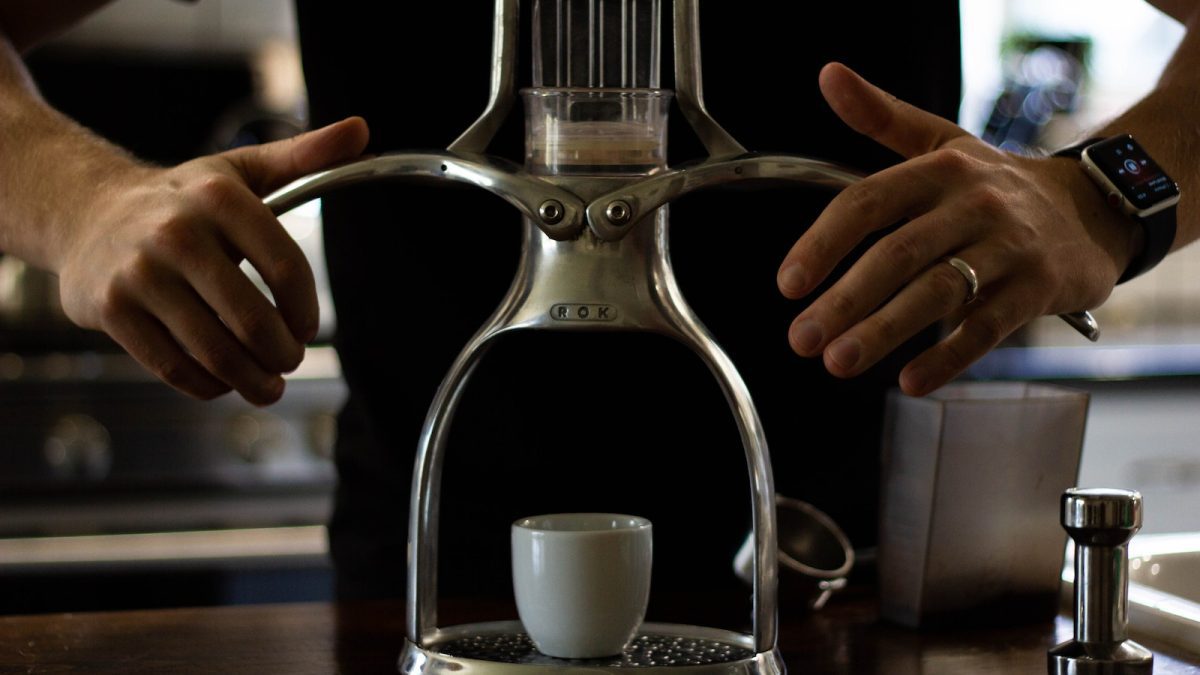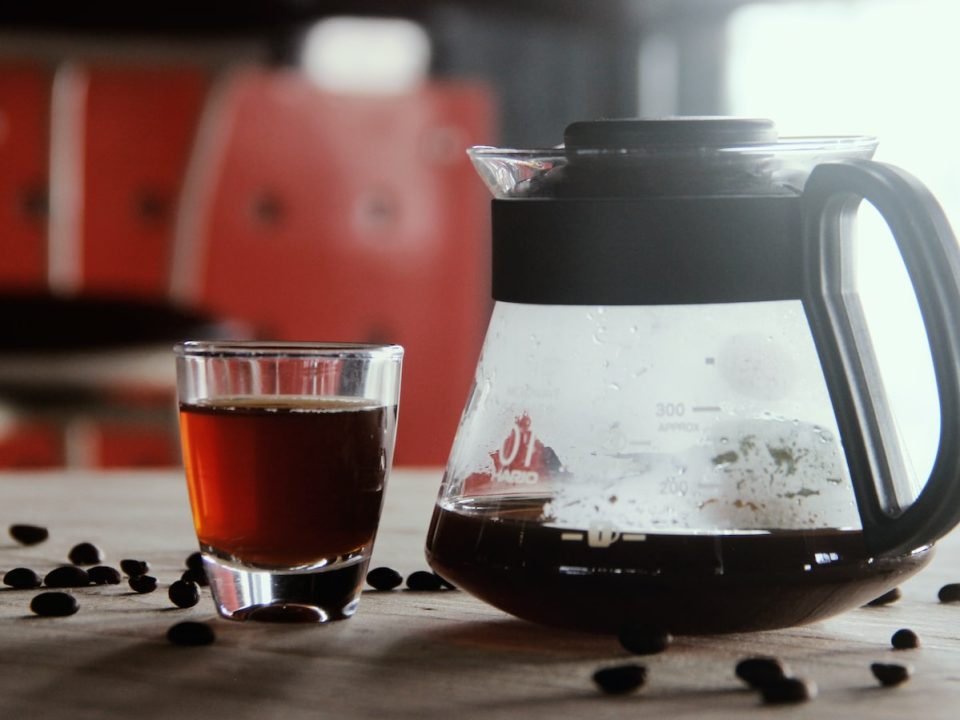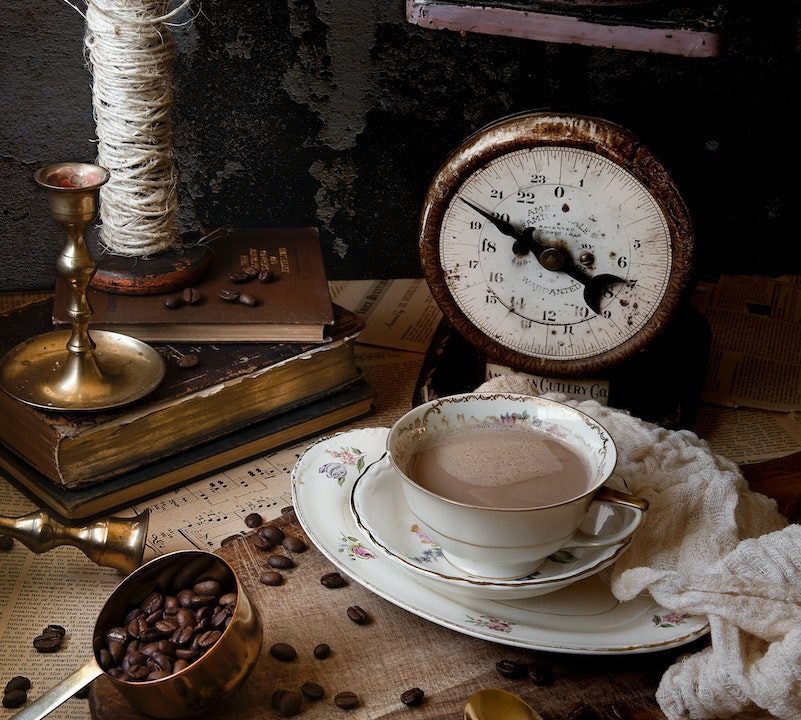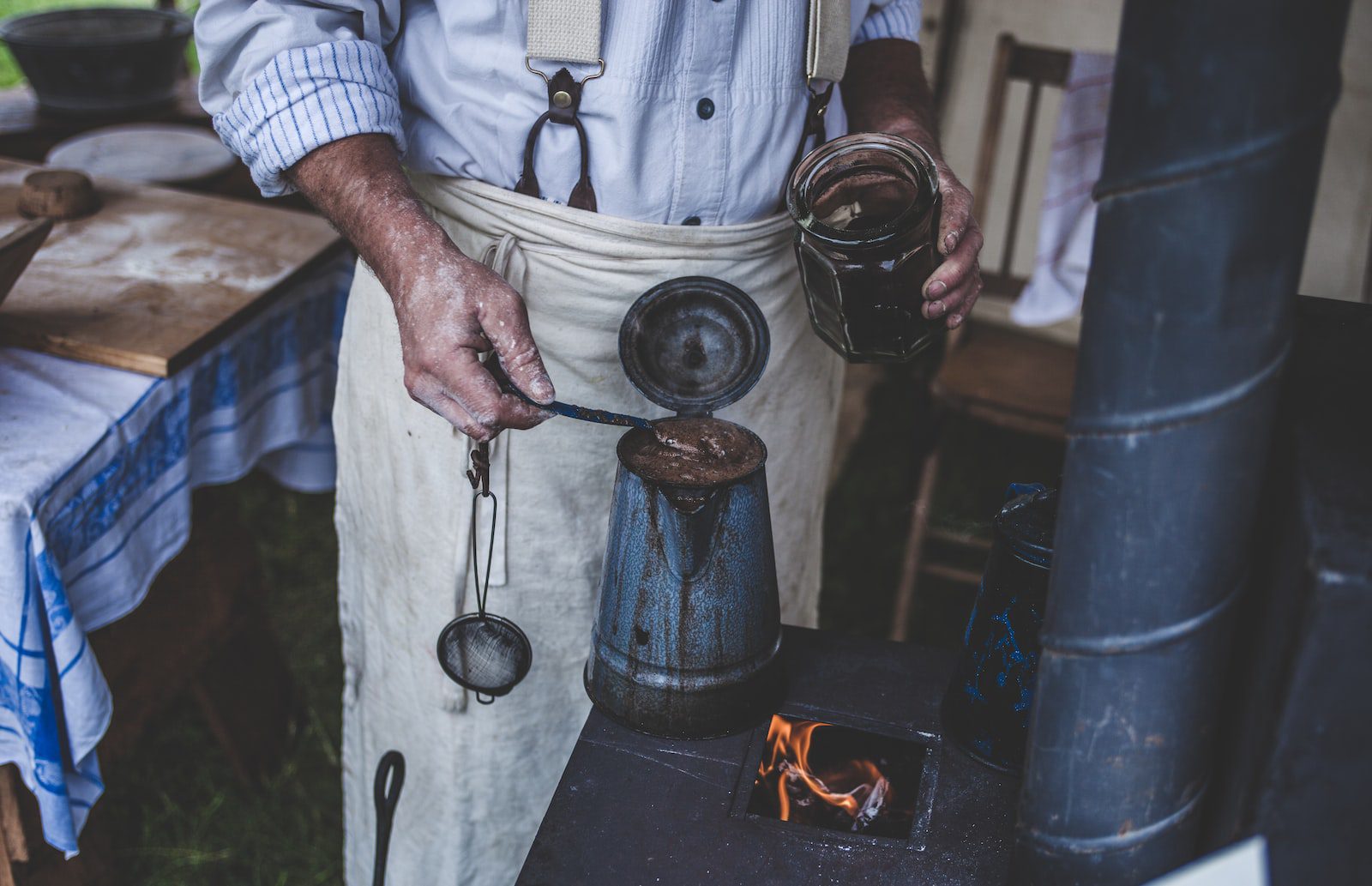
History Of Coffee: Its Origins and the Three Waves of Coffee
September 9, 2020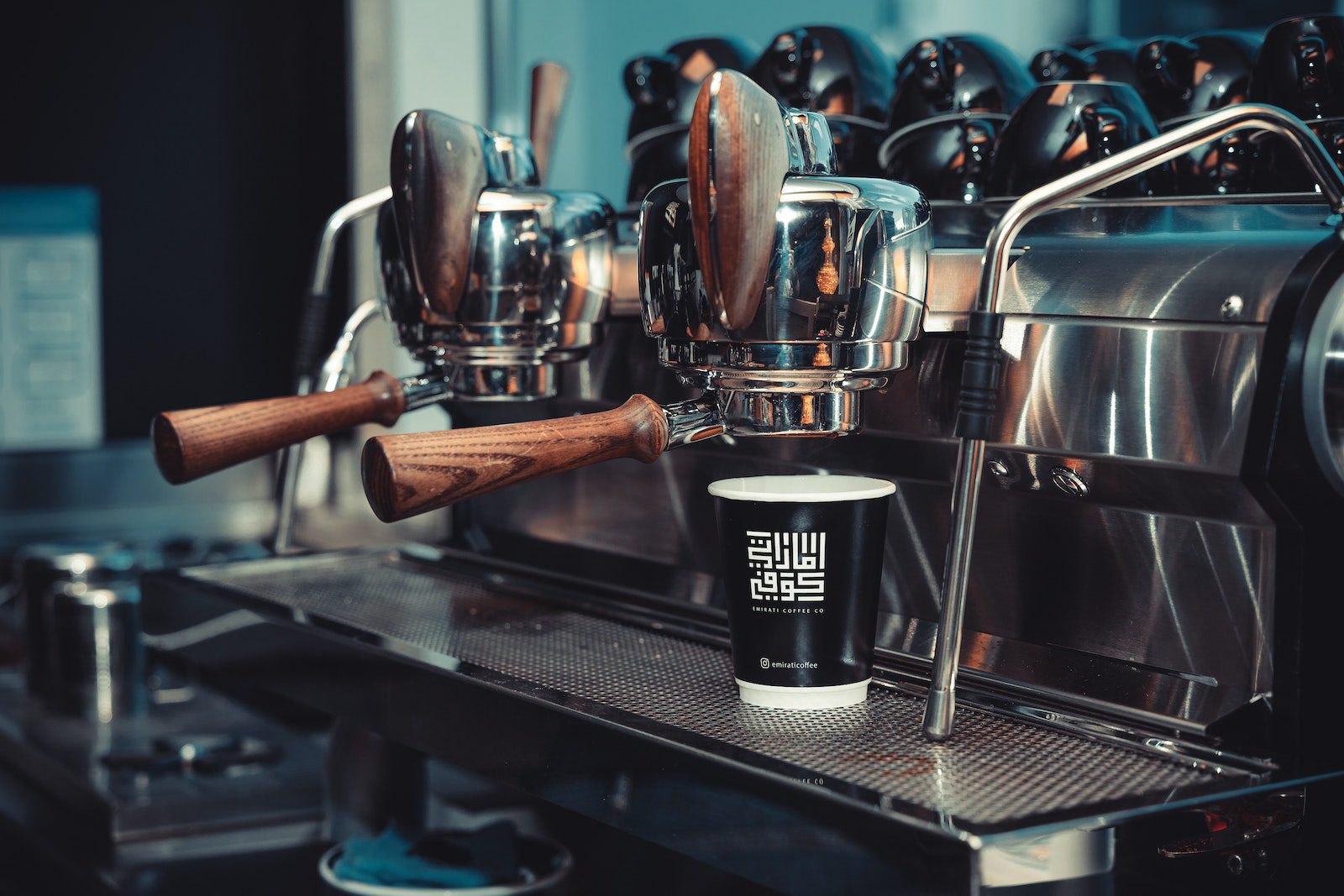
Who Invented The 1st Espresso Machine: The History of Coffee Shops, and How Instant Coffee is Made?
September 10, 2022The Oldest Brewing Methods – The First Coffee Machines
As far as we know through historical documents, the oldest brewing technique for coffee can be found in Turkey. While the dates are not exactly precise, historians believe the Turkish boiler arrived in the 15th or 16th century.
The first brewing device or coffee machine for a cup of coffee was the Turkish Ibrik; this is still known today as the Turkish coffee pot. It is usually made from valuable materials such as copper and brass and comes with a long handle on the side.
In the days of the Turkish Ibrik, coffee beans were crushed until coffee grounds were obtained. Then, these coffee grounds were mixed with other things such as sugar, spices, herbs, and water. Once everything was mixed, then the Ibrik was heated up until the mixture neared its boiling point.
Then, the coffee was allowed to cool down, and then the process would be repeated all over again. By doing so, the Turkish coffee would get some foam on top of it. When done, the drink was poured into a cup and drunk.
As coffee made its way into Europe in the 17th and 18th centuries, it is no surprise that the coffee machine began to evolve in Europe as well. In the beginning, consumers and small shops would grind down beans by using the old-fashioned mortar and pestle.
In fact, some people still use this method today, believing that the mortar and pestle method creates the finest powder and therefore the most superior coffee.
When coffee made its way to the United States, the parents of Peregrine White brought a mortar and pestle with them to make coffee powder from beans on the Mayflower.
Jean La Roque’s father brought coffee to Marseilles, France in 1644. He also took a roaster plate, cylinder grinder, and the long-handled broiler that would become a foundation for more intricate devices later on.
Of course, in between the electric coffee machines and percolators we know today, there were also traditional coffee pots. The very first, traditional, European coffee pot was a metal pot and appeared on the market in 1650.
About ten years later, the Elford coffee machine appeared on the market. It was a white iron coffee machine that needed to be turned on a spit to roast coffee. While this required a lot more effort than the coffee machines we know today, they were remarkably popular at the time.
The Dutch also came up with an amazing machine to roast beans. Basically, they created a device with a long handle, which would allow consumers to turn and roast their beans over an open fireplace. This machine created by the Dutch would eventually catch on all across Europe and the United States.
As coffee became more popular over the years, France decided to start producing coffee pots with wonderful and intricate designs. Some of their first projects were introduced during the St. Germaine Fair in Paris. Silversmiths would arrive with genuine silver coffee pots, which were promptly purchased by the aristocratic families of that time.
France did not stop with the invention of coffee pots for the aristocracy though, they also created the first portable coffee machine in 1691. The portable coffee machine was quite the invention because it included a grinder, roaster, cups, oil, lamp, saucers, cups, sugar, and coffee all in one handy device!
Once coffee started to become more popular in England too, the British started looking for their own coffee machine. One of the first created in England was the Bull’s Roasting Machine, which was patented as early as 1704. Unfortunately, this device was only used by businesses, as coal was required to roast beans, and the fact that the machine was rather large.
France would have a reply to the English invention of the Bull’s Roasting Machine. In 1710, the country came up with a special linen bag, which was used to infuse ground coffee. This was also one of the earliest forms of coffee filtration.
After the invention of the linen bag in France, inventions started to follow one another even quicker. In fact, coffee grinders became so common in Europe in 1720, that they were extremely affordable costing a mere $1.20.
So, obtainable by some. To keep these grinders marketable and profitable, manufacturers started to include things such as storage drawers for coffee grounds and special embellishments. Now, these coffee grinders are vintage and extremely valuable.
England led the charge with some of the more artistic coffee pots, which ironically also made good teapots later. Naturally, these antique coffee pots are worth a lot today, and owning one could set you up for life.
Interestingly, the English coffee pot would actually turn back to its original form in the 1770s, after years of changes. English coffee pots would once again have the Turkish streamlined look. Nevertheless, ten years later, the traditional English teapot look would return.
Coffee businesses in the Industrial age
Businessmen did not start to make money from coffee until the late 18th century. One of the first patents for coffee devices in the 18th century came in 1779 when Richard Dearman obtained a patent to grind coffee at his mill. In 1798, America would follow suit and filed a patent for a wall-mounted coffee grinder. The late 18th century would also be characterized by the introduction of new filtration systems, which began the fuel the idea of different coffee varieties.
After all the patents and inventions, a commercial coffee pot for everyone did not come on the market until 1780. The Mr. Biggin coffee pot was the first commercial coffee maker. The device was quite impressive for the time because it could make up to four cups of coffee at the time.
It also included a special filter right underneath the lid, which would filter the coffee with ease. However, the beans grind would still be important. If the beans were ground too fine or too coarse, the brew would be less than desirable.
Modern Brewing Methods
Modern brewing methods can be traced back to the early 19th and 20th centuries. It included the Du Belloy pot, which was released in France at the turn of the 17th to 18th century. Unfortunately, Du Belloy forgot to patent the device, so many businessmen would create their own coffee makers.
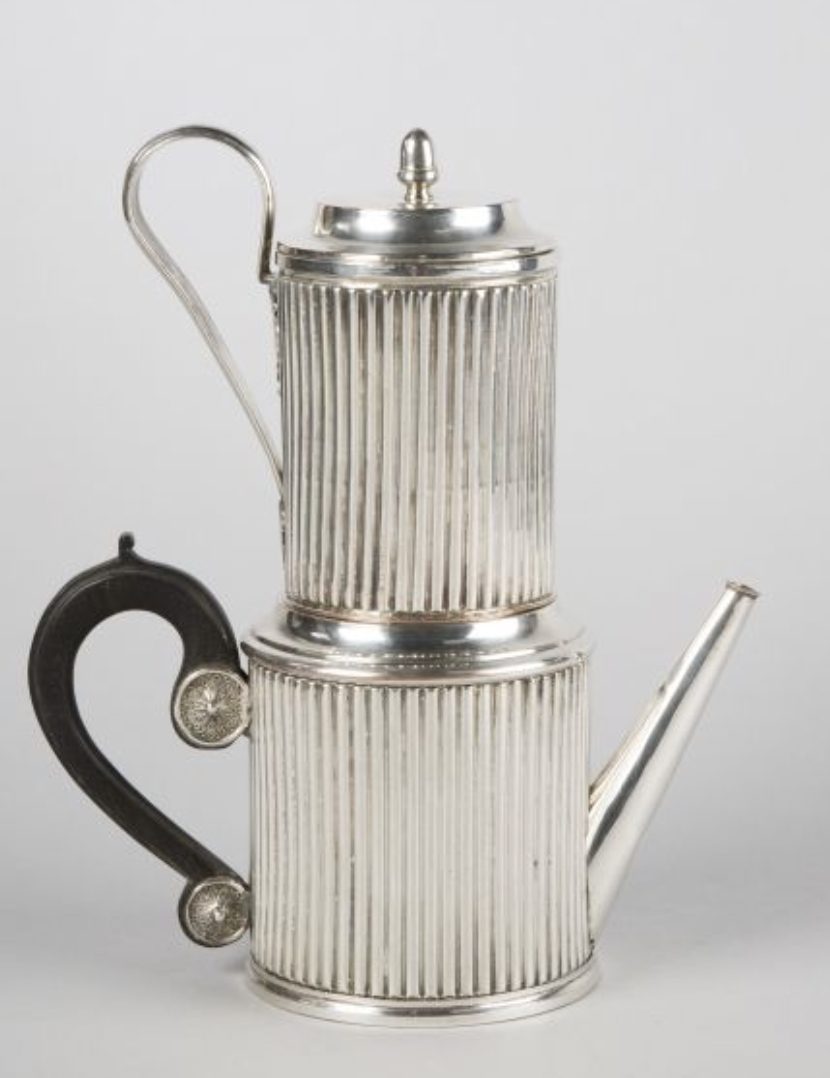
Du Belloy coffee machine
Another French patent was filed in 1802. It was described as an alchemical coffee maker that could create coffee through infusion. A similar device was patented in England that same year.
In 1806, a big invention first came through that would mark the beginning of modern coffee-making techniques. A man called Hardot filed a patent for a coffee machine described as “filters coffee without boiling and bathed in air”. In other words, Hardot created the first percolator. That being said, Du Belloy’s device could also be described as a percolator, yet he failed to file the patent.
The inventions would continue in the 1930s because this marked the beginning of the siphon pots. The siphon pot was a vacuum brewer, which only became available to the public in the 1840s.
Interestingly, it was a woman called Marie Fanny Amelne Massot who released the vacuum brewer to the public. While released in the 1840s, it would not be used in America until 1910; this came with the invention of the Silex.
You can recognize some of the oldest siphon pots quite easily because they actually look like an hourglass. A heat source is attached to the bottom of the hourglass, which in turn causes a certain amount of pressure that allows the water to go through a special siphon. The water then mixes with the coffee grounds.
The evolution of coffee-making techniques and coffee machines went in different directions depending on the area. In the United States, there was a heavy focus on roasting methods for beans. Americans were mainly interested in retaining the flavor of the coffee beans, including preserving the valuable oils that some of the darkest beans had. Contrary to the Americans, the French wanted to make better coffee makers. Over the years, they came up with different types of pots, percolators, and even more intricate devices.
